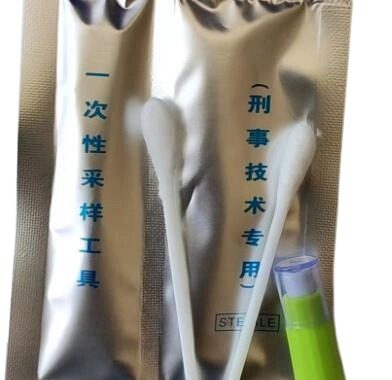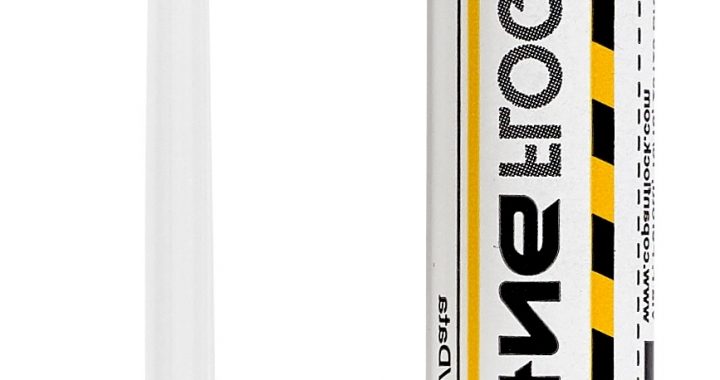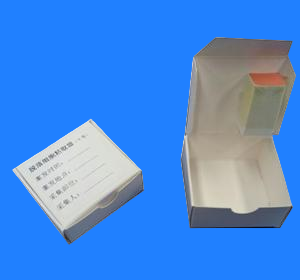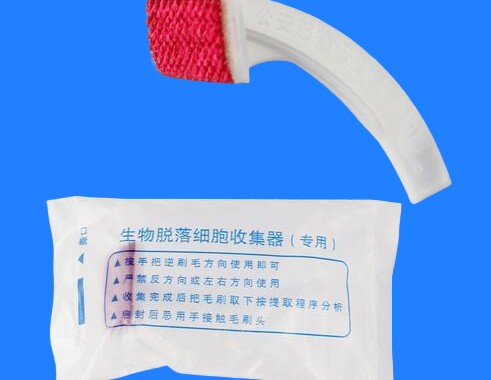Trace biological evidence collection kits are specialized tools designed for the collection and preservation of biological samples, such as DNA, blood, saliva, and hair, from crime scenes, accident sites, or suspected contamination areas. These kits are crucial for both field and laboratory use, ensuring reliable and contamination-free sample collection for forensic analysis.
Usage Methods:
-
Preparation: Open the kit in a sterile environment, ensuring all tools are intact and ready for use. Wear gloves to prevent contamination.
-
Sample Collection: Use the tools provided (swabs, tweezers, or collection cards) to collect trace evidence from surfaces, objects, or individuals. Ensure thorough coverage of the area to capture all possible biological material.
-
Storage and Preservation: After collection, carefully package the samples in the provided storage containers or bags. Seal them to prevent contamination or sample degradation.
-
Labeling: Accurately label all samples with detailed information, including the time, location, and type of sample collected to ensure proper chain of custody.
Key Features:
-
Compact and Portable: Ideal for use in both field and lab environments, the kit is lightweight and easy to carry.
-
Sterile Tools: Ensures that biological evidence is collected in a contamination-free manner.
-
Complete Kit: Includes swabs, collection cards, containers, and labeling tools, providing everything needed for trace evidence collection.
-
Reliable Preservation: The kit is designed to protect collected evidence from environmental factors such as temperature and humidity, ensuring sample integrity.
Scope:
Trace biological evidence collection kits are used in forensic investigations, criminal cases, accident analysis, and research applications. These kits are especially important in environments where accurate evidence collection is critical, such as crime scenes, healthcare facilities, and research laboratories.








.png)
